While it may be tempting to power down your smartphone after arriving at a distant destination, you’ll likely need to use it while traveling abroad. In addition to helping you stay connected with those back home, your phone assists with navigating public transportation, translating menus, and much more.
If you’re considering using your smartphone overseas, be aware that your usual plan might not cover international usage. If you show up in another country and assume that your phone plan will cover you, you could be in for a big surprise when a massive bill arrives a few weeks later. But with some research before you travel, you can avoid this costly souvenir and determine the best, most cost-effective option to stay connected.
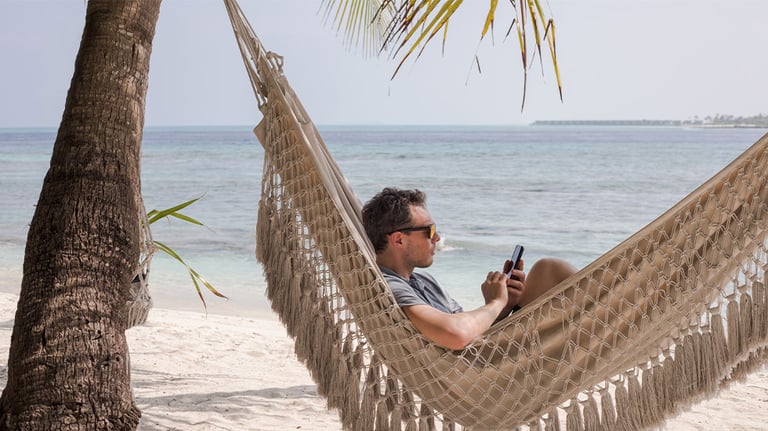
Understand your cellular provider’s international coverage
While all smartphone plans differ, it’s common for a carrier to offer international calling as part of most plans. This service is usually available for an additional fee—sometimes $10 per day (or more). If you’re using your phone overseas, it’s important to know exactly what your provider’s plan covers.
Contact your cellular provider to determine what your plan includes and if there are any additional fees for international coverage. This will give you a baseline to decide if that service will sufficiently cover you while you’re out of the country. It will also give you a heads-up about extra fees.
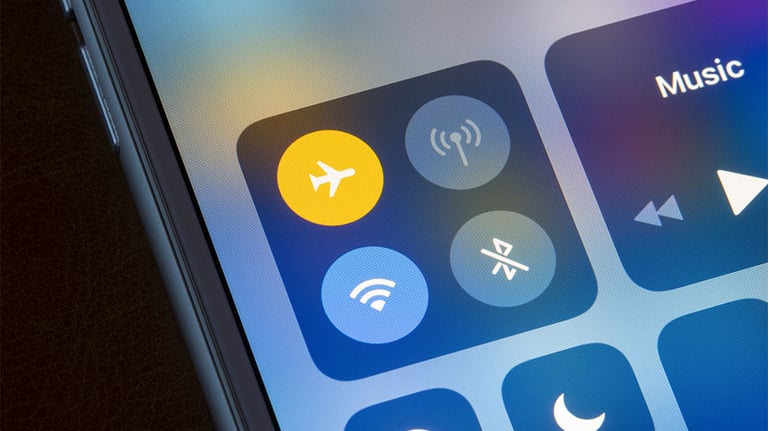
Keep your phone in airplane mode
The cheapest option is to avoid international cellular charges altogether and rely solely on Wi-Fi. Keep in mind that most carriers will automatically connect you to their international plan (and charge you) as soon as you take your phone out of airplane mode in another country. To avoid these charges, keep your phone in airplane mode. Most airports have Wi-Fi when you land, and you can often find free Wi-Fi at cafes, hotels, and even on public transit.
Using Wi-Fi alone might be enough for your needs, especially if you download a few useful apps in advance of your trip:
- WhatsApp: A free app for text, voice, video calls, and media sharing over Wi-Fi. Popular outside the US, it works with your US phone number on iOS and Android.
- Google Maps: Download maps for offline use to navigate cities without an internet connection.
- Google Translate: Download languages for offline use and use your phone's camera for instant translation of menus, signs, and more.
If you prefer reliable and secure Wi-Fi without relying on public networks while abroad, consider purchasing a private hotspot from companies such as Solis or RoamWiFi.
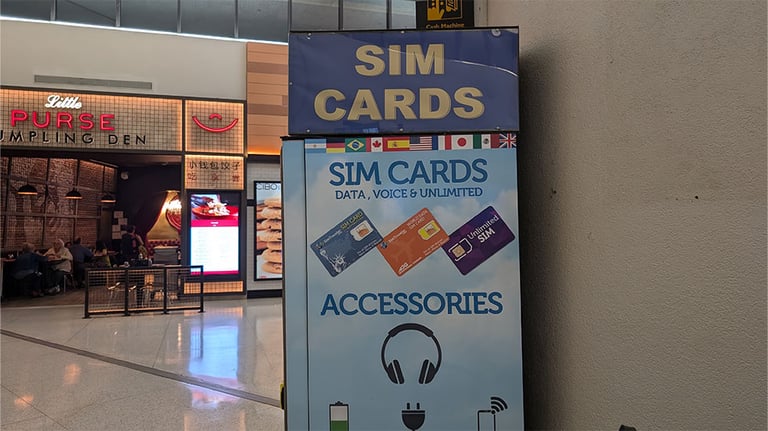
Purchase a SIM card or eSIM
If Wi-Fi or your international cellular plan isn’t enough, consider purchasing a SIM card or eSIM. This is a popular option for those using your phone overseas, as it allows you to connect to a local network at a potentially lower cost.
A SIM card is a physical chip that you insert into your phone to connect to a local mobile network, while an eSIM is a digital version that works without a physical card. You can purchase a SIM card or eSIM at airports, mobile network providers, or online. These options only work if your phone is unlocked.
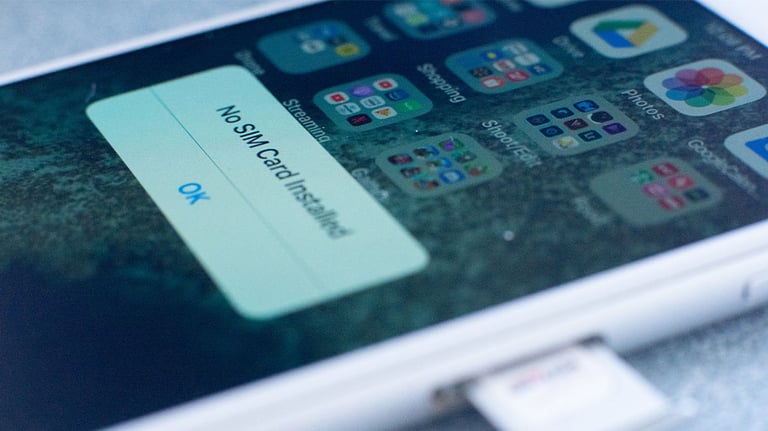
Find out if your phone can be unlocked
Cell phones are typically "locked" to a specific carrier until you fulfill your contract and pay off your device. While locked, your phone can be used only with your carrier’s network. Once you’ve met the terms of your contract, you can request that your provider unlock the phone (some providers do this automatically after the contract is fulfilled). When a phone is unlocked, it can be used with different carriers—opening the door to use a SIM card or eSIM when traveling.
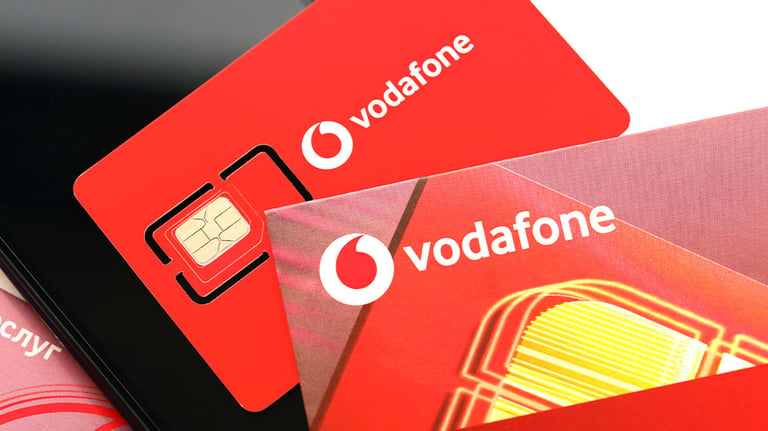
What is the difference between a SIM card and an eSIM? And how do you use them?
Older phones use physical SIM cards, which you can remove and replace with a SIM card from the country you’re visiting. You can purchase a SIM card online before you travel or purchase one at the airport or local stores once you've arrived at your destination. Just make sure your phone is unlocked to use a different carrier’s SIM card.
Newer phones use an embedded SIM (eSIM), which allows you to switch to a different carrier electronically without needing to physically change SIM cards. Apps such as Airalo, Yesim, and Nomad let you browse and purchase plans with options for specific countries or regions. Once you've purchased a plan, you can activate it directly on your phone and start using the cellular service. You'll receive notifications if you are running low on data and can easily reload your plan as needed.
The bottom line
Before traveling out of the country, research the best option for your coverage needs. This will ensure you can stay connected and avoid a hefty bill upon returning home.

